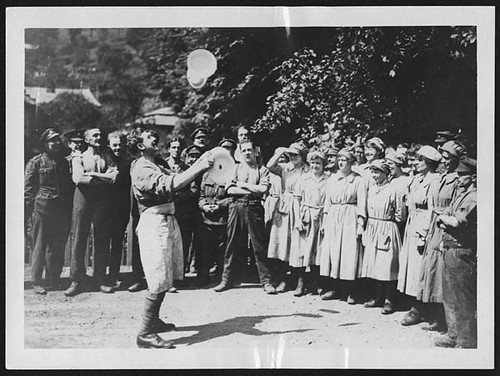Rejections are Part of Life as an Academic
I have received at least a dozen rejection letters from academic journals, and even more from fellowship opportunities. Rejection letters are unpleasant to receive. Who likes getting told their work is not up to par. However, they are part of life, and the best attitude is to think of rejections as just another step on the way to getting published. 
How to Deal with Rejection: Send out as many articles as possible
One way I have found to deal with rejection is always to have a manuscript under review. That way, when I receive a rejection, at least I know that I have another chance for success out there. Of course, the more manuscripts you send out, the more rejections you will get. However, it is also true that if you don’t send anything out, you will never get anything accepted. My strategy has been to submit, submit, and submit.Submit, submit, and submit some more
I began my position as an Assistant Professor at the University of Kansas in 2005. Just before starting at Kansas, I sent a paper out for review. For the next five years, I always had at least one paper under review. This means that I have never received a rejection letter without another possibility for acceptance out there.I began my tenure-track position with an article from my dissertation under review by spending the summer before I started my position preparing an article for submission. At the time, I didn’t have the benefit of Wendy Belcher’s book – How To Write a Journal Article in Twelve Weeks – but, that would have been the perfect time to use it. I worked over the summer revising my dissertation, and, just before moving to Kansas, I submitted an article based on my dissertation.
Once I arrived in Kansas, I found a whole new world of responsibilities I had not had before – faculty meetings, committee meetings, students, and formal and informal gatherings with colleagues.
I knew that, to achieve tenure I would not only have to meet my daily responsibilities – attend meetings and teach my classes – but I also would need to publish articles. I also expected my article that was under review to be rejected. To prepare for that inevitable rejection letter, I began to work on another article to submit. I also had articles circulating from my time in graduate school, and got to work on those.
Always have at least one article under review
By the time the rejection letter came in December, I had a different article accepted, and another chapter of the dissertation under review. And, so I continued, always making sure to have at least one article under review.You might wonder what happened to that article I sent off in August 2005. Well, it was just recently published – in February 2010. Yes, it took nearly five years. In fact, it took the longest, as all of the other papers I have submitted over the years have been accepted, usually after two or three rejections.
As I write this, at the end of my sixth year on the tenure track, every single paper that I have sent out is either in print, in press, or still under review. Had I given up at the first rejection, sure, I would have fewer rejections. But, more importantly, I would have fewer acceptances.
Want to get published? Then, you have to submit, submit, and submit again.


